How do we stay compliant in our homes with the threat of COVID-19?
Recently, the world has gone through many changes. The inevitable has occurred, and many countries entered a post-pandemic society. This has posed numerous amounts of questions, including how we can stop the spread of the infectious disease known as COVID-19.
While many have had their theories and knowledge tested on what works or doesn’t work, many have come up with predisposed evidence on killing bacteria which is known to deter any infections or toxic air pathogens.
Bacteria is everywhere, you can be sure of that. From doorknobs, floor, countertops, and anywhere that requires the human touch. That is why we must continue to remain active when it comes to cleaning our households and eliminating bacteria as often as we could to keep our families and loved ones safe.
But what strategy, product, or cleaning tools can we use to eliminate bacteria? How often should we do a home cleaning to stop COVID-19? To protect your home against Coronavirus we suggest the following mixtures and products you will need to combat this deadly infection:
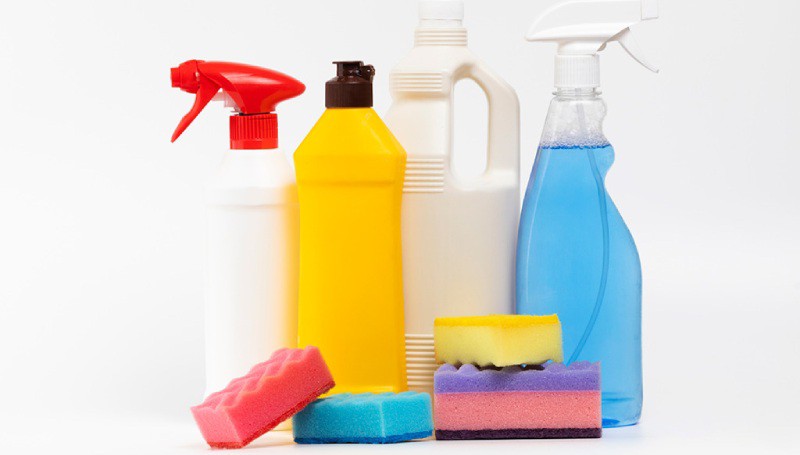
- Warm water and Vinegar
- Clorox wipes or bleach
- Hydrogen Peroxide
- Disinfectant Spray
- Dishwasher Detergent
- Clean or disposable mop, cloths, sponges, and brushes
These mixtures and products are used for surface cleaning your home however due to the overwhelming signs of bacteria sticking to clothing, we recommend also washing your clothes often.
This ensures that when you walk into your home after being outside where it is likely you will run into an infected area or slightly touch an area where it is infested with bacteria, you will be able to tackle this ongoing hazard immediately.
While many become frantic and decide to go out and spend dozens of dollars on a home cleaning service, we’re here to tell you that it is completely possible to do it yourself for minimum cost. Save your family and save your wallet! Here are the many ways you can disinfect and clean your home:
Tackling the surface
How can you disinfect and clean the surface of bacteria?
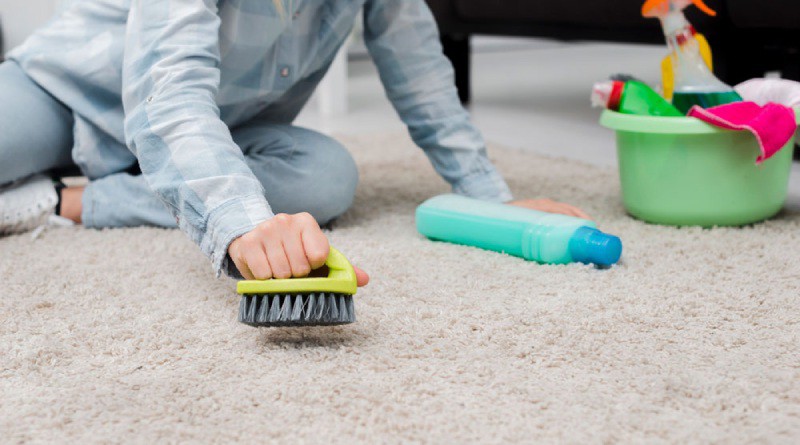
When you walk into your home with your outside shoes, the number one thing people are likely to forget is the highly likely event that your shoes have traced all sorts of bacteria and are now being spread throughout your home unknowingly.
Then unbeknownst to you as you sit down at the dinner table without washing your hands and start eating your food, the germs that have continued living on your skin are then transferred to your meal or dinner table. While many of us claim to be free of germs, this is very seldom the case.
One of the best practices implemented before your goal of disinfecting your home’s surface areas is to wash your hands daily. That means when you come home when you have touched an unclean area when you just finished eating, and anytime you have touched any other human being.
Doing this reduces the chances of contracting bacteria or COVID-19. Perhaps you just remembered to wash your hands after touching your home, or you have children that are likely to forget this critical step and they have touched every product insight.
Don’t fret! First, we advise to pre-clean the entire contaminated or household area. When thinking about cleansing your home, it is critical to disinfect your entire home as opposed to just partial cleaning. This eliminates any possibilities of bacteria spreading in your home.
After you remove the surface dirt and grime, it’s time to bring out disinfectant products to wipe down or use with a sponge.
Which disinfectant product or mixtures should I use?
Before using disinfectants, it is important to ventilate the room or area so the fumes from the chemicals don’t overpower your sense of smell or vision. It is also critical to know that when you are disinfecting your home you are using gloves or attire that you would not want to be discolored or When it comes to disinfecting your home, a popular method is to use Clorox wipes or Bleach.
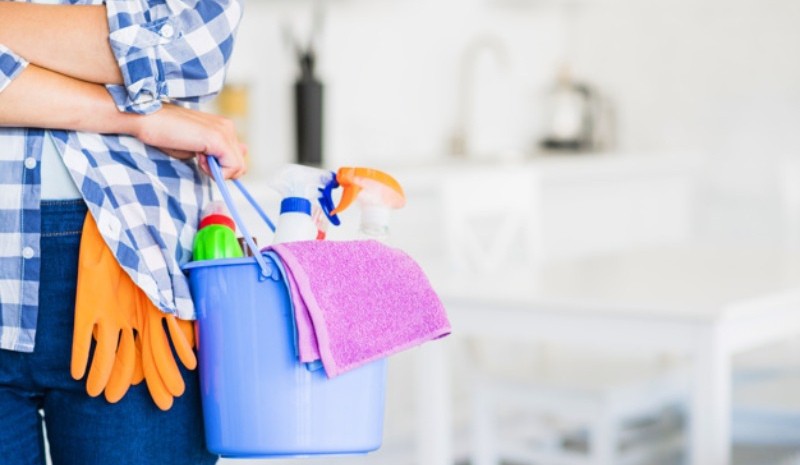
The reasoning behind its effectiveness against diseases and airborne infections is sodium hypochlorite. An active ingredient that propels the fight against any type of fungus and bacteria. The best part of this disinfectant is its unbelievably economic cost as well as you can find it in any grocery store or market.
After cleaning your home with soap and water, you can wipe down every counter, nook, or cranny in your home to make sure that no spot is missed. Another disinfectant is alcohol or hydrogen peroxide. These products are known to be highly effective when it comes to getting rid of bacterial sources.
The steam cleaning effect
Does steam kill viruses?
While some decide to clean their floors with dish detergent and water, others with carpet flooring use steam to do all the grime or bacteria surface cleaning. Steam works to use high pressure to dissolve all the dirt that accumulates in every corner of the house.
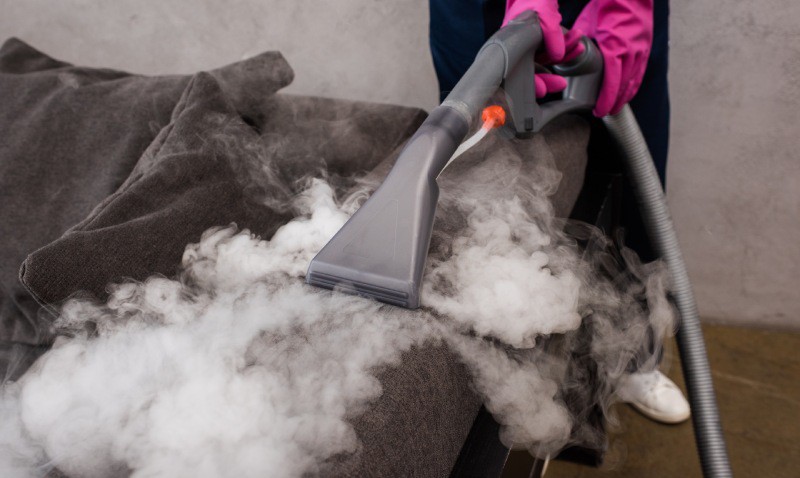
Some swear by this process and use steam to break down all properties including dust mites, molds, stains, as well as grease in their household. This process is also another way to avoid using harmful chemicals in your home that could aid in eyesight or nasal irritation as well as being more environmentally friendly.
This falls into the category of “green cleaning,” which means cleaning methods that aren’t harmful to the planet. But the question still stands, does steam cleaning kill germs? Steam cleaning has been proven to eliminate 97% of bacteria and germs if the vapor is hot enough.
The temperature needs to be between 175 and 212 degrees for three minutes in total to be completely effective. Steam cleaning is a faster method than other processes that contain chemicals or water solvent mixtures.
Steam cleaning is also effective for cleaning cars and is regarded as a deep cleaning method due to its intensive temperature as heat kills bacteria. This method is also a sure way to remove the potential spread of COVID-19.
White Vinegar as a Disinfectant Method
Does white vinegar kill viruses?
If you are used to cleaning your home, you may know the powerful method that is using a white vinegar mixture. For those who don’t, when you mix white vinegar with water it helps remove stains, grease, dust, and any sort of accumulated debris in your home.

Many have used this solvent to clean their windows, kitchen, bathrooms, and other areas of the home. Vinegar is part of a new anti-chemical way of cleaning called green cleaning, which removes harsh toxins that are used with cleaning products.
However, although it may remove various forms of germs and bacteria, it has been proven to be least effective when it comes to certain viruses. This includes:
- E Coli
- Salmonella
- Listeria Monocytogenes
- COVID-19
So, although vinegar works best to break down particles of dirt and odor, it is limited to those conditions rather than working to disinfect your home against Coronavirus. Using this solvent would work best as a pre-cleaning method instead and then thoroughly disinfecting your home.
Kitchen, Bathroom, and Laundry Cleaning
How do you disinfect the kitchen area?
Picture this: you’re making dinner for your family and your husband comes home from work to fix himself a plate. Your children then run up behind after playing outside to also sit down for some grub.
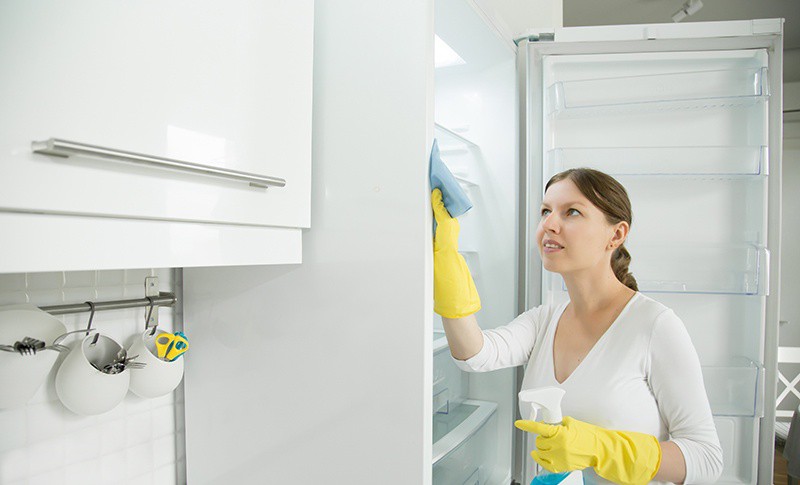
Little do they know, not only have they forgotten to wash their hands which is instrumental in keeping bacteria away, but now they’re bringing the bacteria from outside of the house to your kitchen.
The kitchen is one of the most highly contaminated areas in the house due to the amount of dirt, debris, and grime that usually accumulates in the space. Mix that with outside bacteria and you’ll have yourself a recipe for danger.
Disinfecting your home to prevent Coronavirus means tackling the bacterial hot spots, which includes the kitchen. Cleaning the kitchen is an important step towards preventing your family or loved ones from getting sick, as well as clearing the air of dangerous pathogens that could potentially contaminate your food.
Many areas in the kitchen could lead to bacterial contamination, so it is important to clean and disinfect the following areas of the kitchen:
- Countertops
- Sink
- Cabinet knobs and handles
- Appliance handles
- Chopping boards
It is very important to ensure that these products and areas are safely sanitized before and after use. Using a washcloth or towel that’s clean for the pre-cleaning process is advised so there it is unlikely to spread more germs that build up in these clothes. After using these washcloths, clean them with hot water to eliminate the bacteria.
Before cooking, a healthy measure to take to prevent cross-contamination is cutting raw meat or produce separately from more organic or natural products like fruits or salad.
Also make sure to empty the garbage bag from your kitchen, as it is a natural breeding ground for germs and bacteria if there is a pile-up. Removing bacteria in your kitchen is a step forward in guaranteeing the spread of COVID-19.
How do you disinfect the bathroom area?
The bathroom is a well-known factory for the spread of bacteria and germs. Most homeowners have to clean thoroughly for the bathroom to remain odorless and germ-free.
Now that Coronavirus has shined a light on how we choose to maintain our health through clean practices, we’ve realized that we need much-added steps to our hygienic routine.
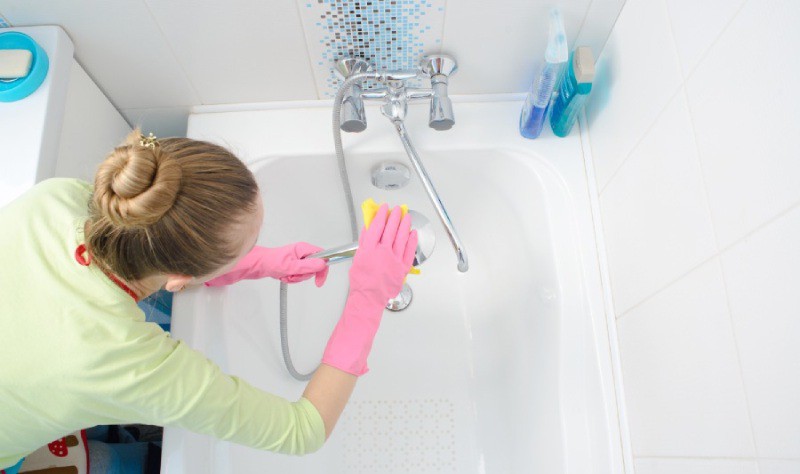
Disinfecting the bathroom is a thorough cleansing experience due to the number of bacteria that needs to be eliminated. Starting with pre-cleaning, scrub away the surface dirt and grime with white vinegar and water solvent. The important areas to get are the sink handles, shower handles, faucet, and toilet seat. After pre-cleaning this area, then comes disinfectant.
Whether you use hydrogen peroxide, bleach, or Clorox wipes, make sure that you get every nook and cranny that is normally touched by human hands or retains moisture easily influencing mold.
When your children or husband get home from work, it is easy for them to disregard the towels they use. Most households use the same towels for weeks on end before they see a washing machine. This easily leads to an inheritance of bacteria and just continues the cycle.
This could be dangerous when it comes to the spread of COVID-19, even if you were to cleanse yourself, using a towel more than once can lead to catching the virus. It is important that these towels immediately go into the laundry bin after daily use. The last step is emptying the garbage can and scrubbing away the grime in the bathtub.
How do you disinfect your laundry?
Washing clothes is an important part of keeping safe from COVID-19. Bacteria can easily stick to clothing and it is important that when you get home from work or school, it is immediately removed.
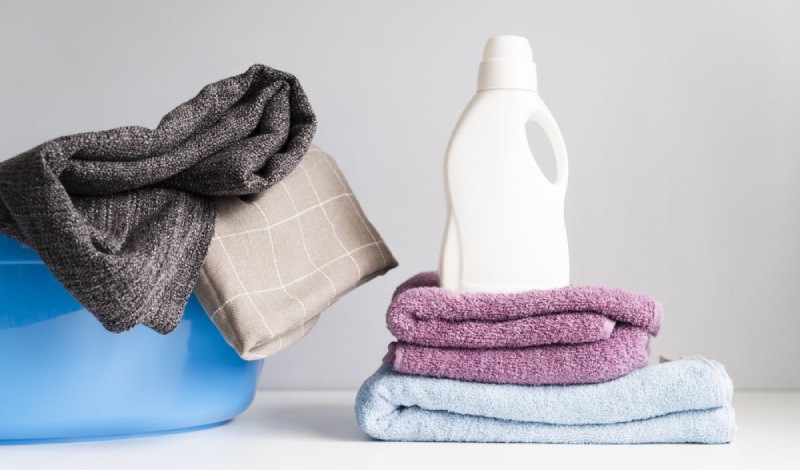
When you’re washing clothing, an important reminder is to use hot water as it easily kills germs. While using the warmest setting, you then pour a bleach-based laundry product after using a detergent. This can help wash and then disinfect your clothing efficiently.
If someone in your household is sick, or likely contaminated with the virus, it is important to wash this person’s clothes separately and handle them only with gloves on. The more you minimize the risk of contamination, the better.
Make sure to wash all used towels, bedding, and washcloths after use. Remember that if you leave these products without a wash, it is likely that bacteria will fester after more than one use. This detracts from the purpose of decontamination.
Reduce contamination with these prevention tips:
While cleaning and disinfecting your home is extremely important to minimize the risk of contracting Coronavirus, it is important to also keep awareness through the following prevention tips:
- Covering your mouth when you sneeze
- Daily washing of hands
- Not touching your eyes or face after touching a dirty surface
- Wash your hands before and after eating
Your house can be a nest for bacteria, these helpful tips can also assist with combating contamination and keeping your family safe.

